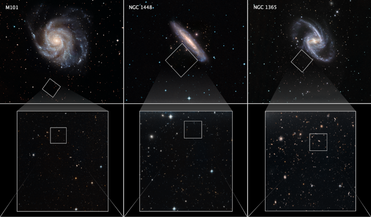 17 July 2019
New measurement deepens mystery of Universe’s expansion rate
17 July 2019
New measurement deepens mystery of Universe’s expansion rate
... a definitive figure for Hubble’s constant as the powerful space observatory aims to collect a wealth of information on new Type Ia supernovae, Cepheid variables, and red giant stars, amongst other celestial objects. Its Hubble-like resolution and...
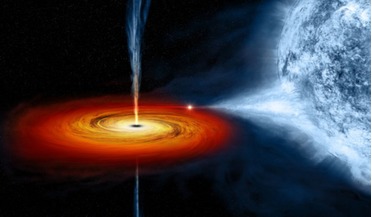 10 April 2020
A recently discovered stellar black hole could be the most massive yet, say astronomers
10 April 2020
A recently discovered stellar black hole could be the most massive yet, say astronomers
... spotted merging together. Stellar mass black holes form from the remnants of a large star that dies in a supernova explosion and considering the number of stars in our galaxy (as many as 200 billion stars or perhaps more have...
 25 September 2020
Salty water vapour provides clues to massive star formation
25 September 2020
Salty water vapour provides clues to massive star formation
... life as a white dwarf as it cools and dims. Stars above eight solar masses tend to end with a bang in a supernova explosion. If the core survives it can end up as a neutron star or contracts to become a black hole if the remaining core...
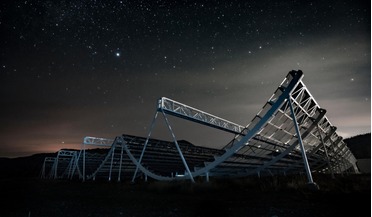 04 November 2020
New studies reveal the origin of fast radio bursts
04 November 2020
New studies reveal the origin of fast radio bursts
... that some kind of stellar remnant such as a neutron star, dense remnants of giant stars that have gone supernova, were the source of FRBs. Then, highly magnetised young neutron stars known as magnetars became the main...
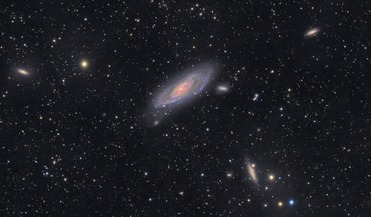 05 April 2021
No dark energy needed, just dark matter with a magnetic force new study says
05 April 2021
No dark energy needed, just dark matter with a magnetic force new study says
...’t exist. Dark energy was first invoked in the late 90s to account for why light from distant supernovae was slightly too faint than expected from a model which predicted an expanding, yet slowing Universe. Calculations...
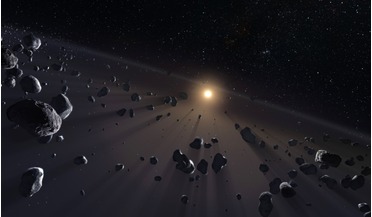 10 September 2021
Survey detects 461 Solar System objects not found before
10 September 2021
Survey detects 461 Solar System objects not found before
A six year study to search for phenomena such as supernovae and galaxy clusters that could help scientists calculate how fast the Universe is expanding, has instead ...